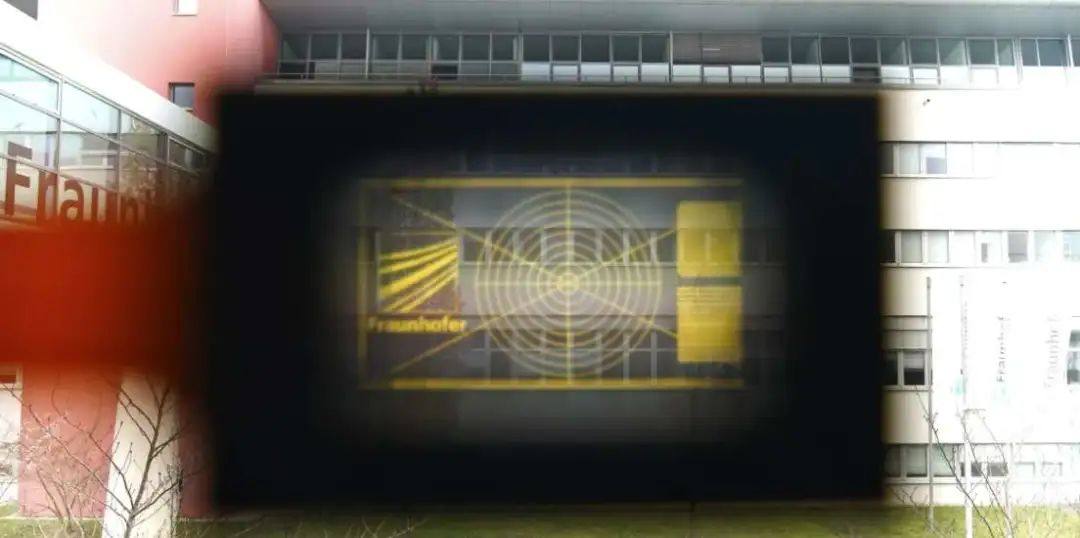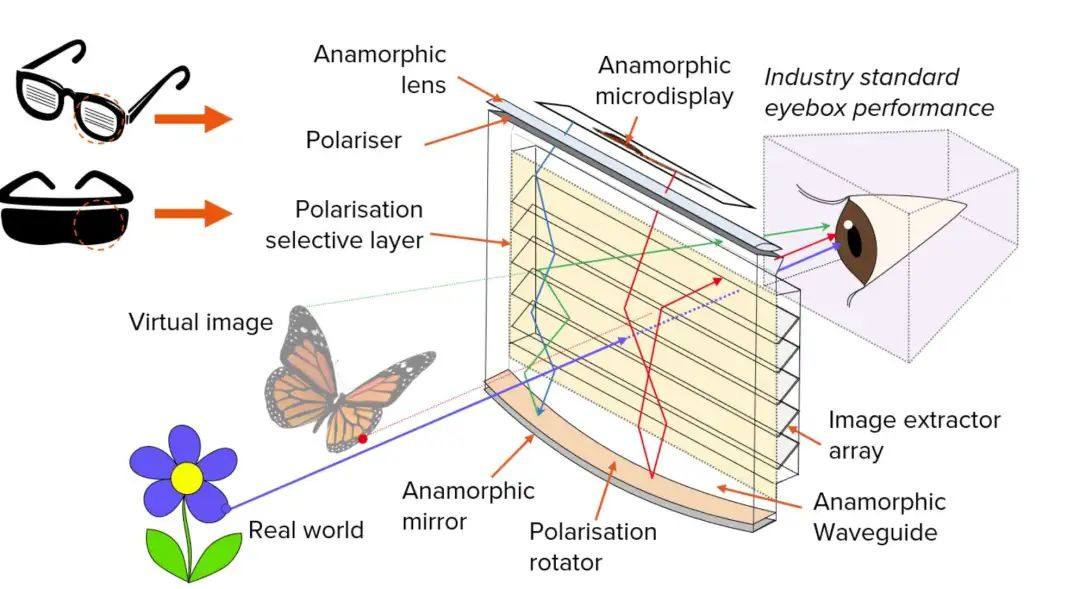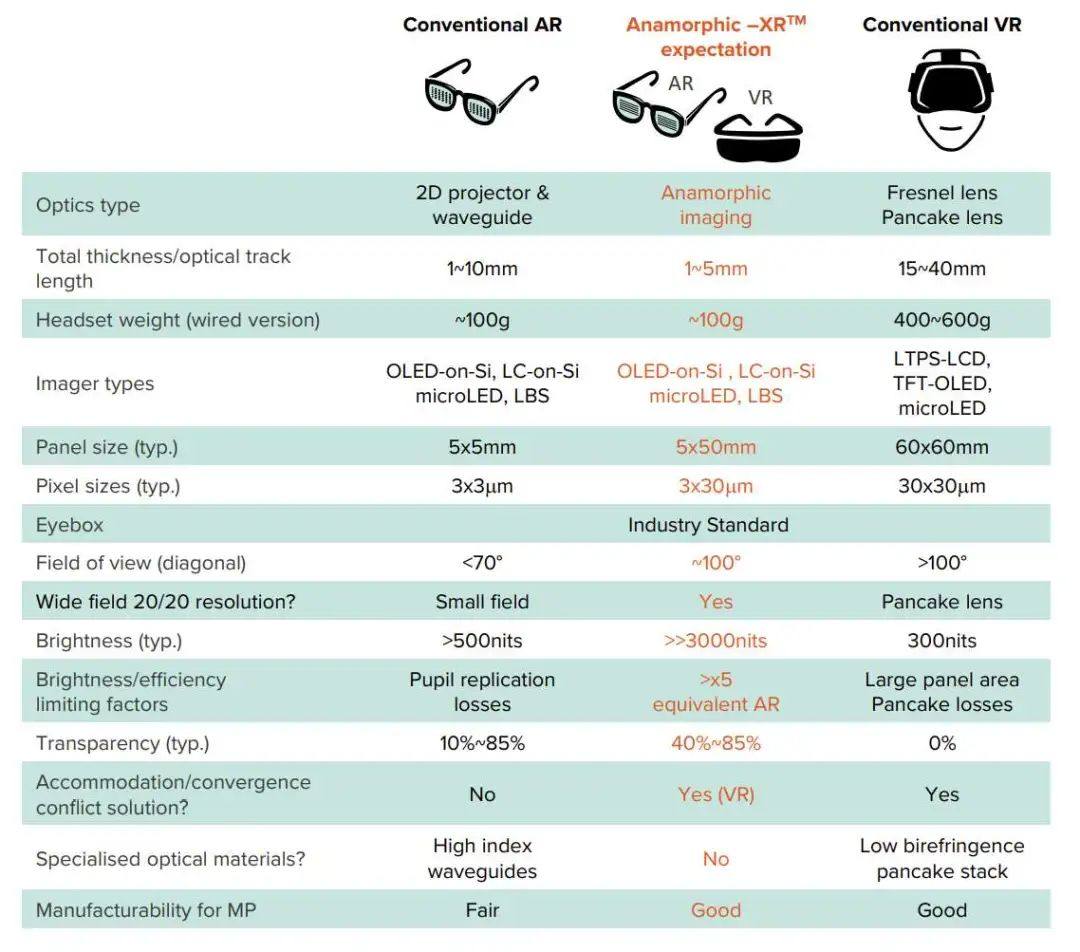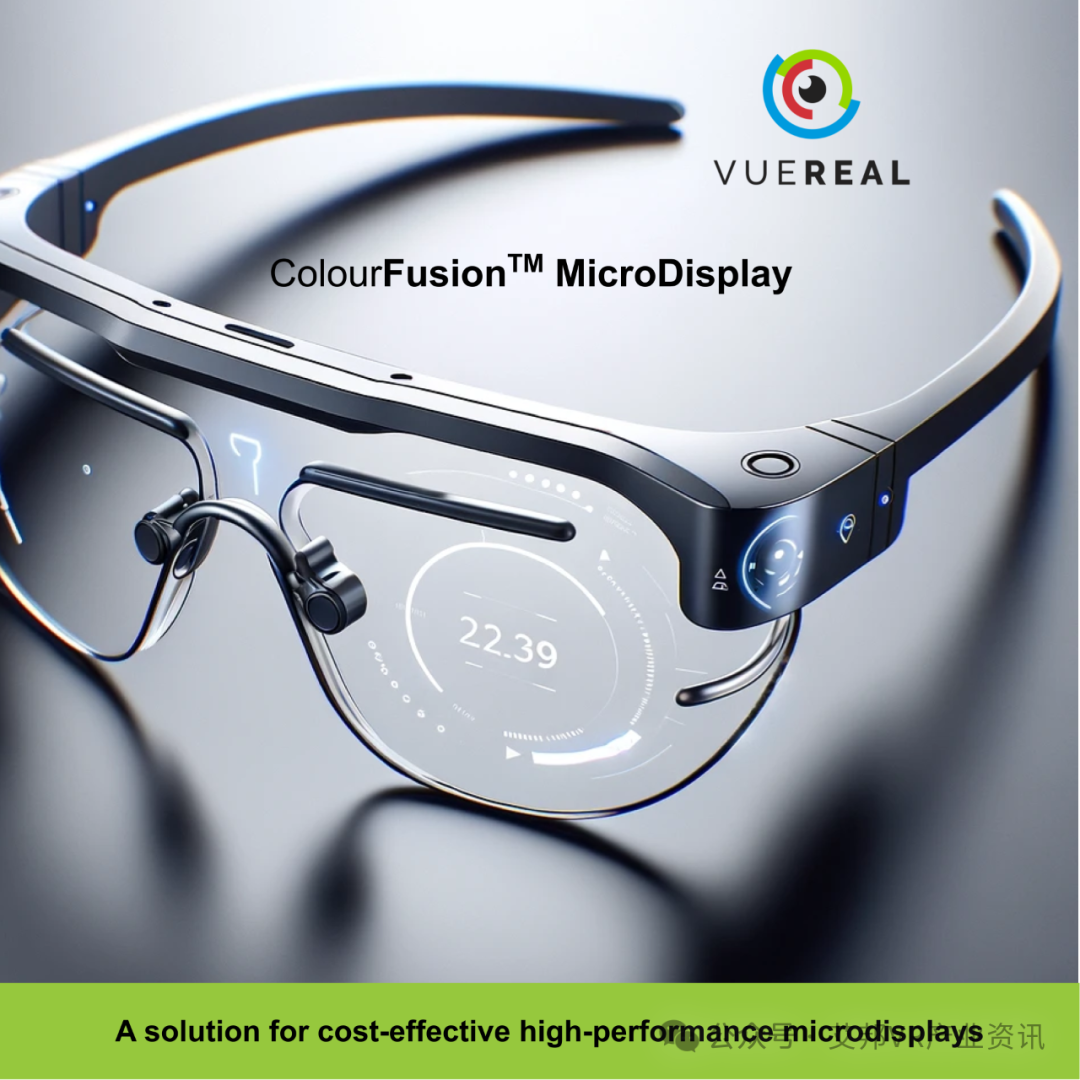Germany's Fraunhofer IPMS develops semi-transparent silicon-based Micro OLED displays for AR
Recently, Germany's Fraunhofer Institute for Photonic Microsystems (Fraunhofer IPMS) has developed an innovative semi-transparent silicon-based Micro OLED display for augmented reality, significantly reducing size while improving efficiency. Internal technical research indicates that the transparency of the product can reach over 50%.

Drawing on years of expertise in microdisplay design, researchers at Germany's Fraunhofer Institute for Photonic Microsystems have devised an innovative approach. By integrating thin circuit layers and micro-optics directly onto the chip, transparent microdisplays can double as optical combiner elements. This integration optimizes the optical system, significantly reducing size and increasing efficiency. Internal technical studies have shown that the said product can achieve over 50% transparency.
The team said: "Modern and advanced silicon CMOS processes are increasingly used in silicon-on-insulator (SOI) wafers. This wafer technology can be used to achieve very thin circuit layers with specific IC design and appropriate processes. process, which can be transferred on glass wafers to achieve translucent microdisplays.”
Rain develops large FOV, high brightness AR/VR optical engine Anamorphic XR
Rain Technology is actively developing Anamorphic XR, an optical engine for AR/VR. The team claims that by using mirrors for the Lateral optical path and lenses for the Transverse optical path, improvements in field of view and efficiency can be achieved, and this can be achieved in a highly compact and manufacturable form.
According to Anamorphic XR, the total thickness of the Anamorphic XR is 1-5mm, the panel size is 5x50mm, the pixel size is 3x30µm, the field of view is approximately 100 degrees, and it can achieve wide-field 20/20 resolution, and the brightness is greater than 3000 nits.

Anamorphic XR is designed to deliver high-definition, wide-angle images and provide a brighter, clearer view in a compact, transparent shape parameter. The team also provided a comparative information table between Anamorphic XR and traditional VR and AR optics:

The Anamorphic XR display features a shape-shifting microdisplay integrated within a shape-shifting waveguide frame. Light emitted from the microdisplay pixels travels down along transparent deformable waveguides, where cylindrical mirrors reflect the light back upwards for extraction and perception by the user's eyes. This allows real-world images to pass through the waveguide. Anamorphic XR simultaneously applies polarization rather than diffraction to extract light from the waveguide, providing brighter, clearer images.
VueReal launches ColourFusion(TM) microdisplay
VueReal yesterday announced the launch of its revolutionary ColourFusion™ microDisplay, an innovative augmented reality (AR) display that sets new standards in visual clarity and color accuracy. The solution is suitable for consumer electronics, automotive, aerospace, medical and industrial industries.
ColourFusion™ microdisplays powered by VueReal’s MicroSolid Printing™Platform support, integrating cutting-edge full-color microLED technology, image quality enhancement algorithms and LCOS (liquid crystal on silicon) system to provide high resolution, high grayscale and color depth, high contrast, achieved through energy-saving algorithms and variable frame rates Unprecedented low power consumption.
At the heart of the solution is VueReal’s MicroSolid Printing™ platform, which solves the primary challenge for mass adoption of microLED displays – efficiently transferring microLEDs from wafer to backplanePatented processtransforms millions of micron-sized LEDs with unparalleled throughput, scalability and high yields.

ColourFusion™ microDisplay technology leverages VueReal’s proprietary MicroSolid Printing to create full-color microLED displays known for their superior brightness and energy efficiency. By enhancing these displays with LCOS technology, VueReal has achieved a breakthrough in effective resolution beyond existing AR displays on the market.
ColourFusion™ microdisplay features include:
-
Enhanced resolution: By combining high-efficiency, full-color microLEDs with LCOS technology, ColourFusion™ microDisplay delivers enhanced pixel density and sharper visuals, making it ideal for consumer and professional AR applications. -
Superior Image Quality: Harnessing the power of full-color microLEDs, this display produces a full spectrum of vivid colors and high contrast, bringing augmented reality to life without the color breakouts and low contrast challenges of traditional LCOS. -
Unprecedented energy efficiency: Utilizing full-color microLED displays enables low-power modes where the display's frame rate adaptively adjusts based on usage, reducing system and display power consumption. ColourFusion™ microDisplay enables higher efficiency microLEDs, further improving power consumption. Additionally, the LEDs used in this application have higher peak light efficiency and more efficient light coupling from the LCOS to the optics. -
Cost-effective: Unlike other display solutions, this technology leverages today's technology to deliver high-quality displays that can be mass-produced at an affordable price.
The original article was first published on the WeChat official account (Aibang VR Industry News):Breakthroughs in silicon-based microdisplay technology have led to the introduction of microdisplays for AR/VR by multiple companies


